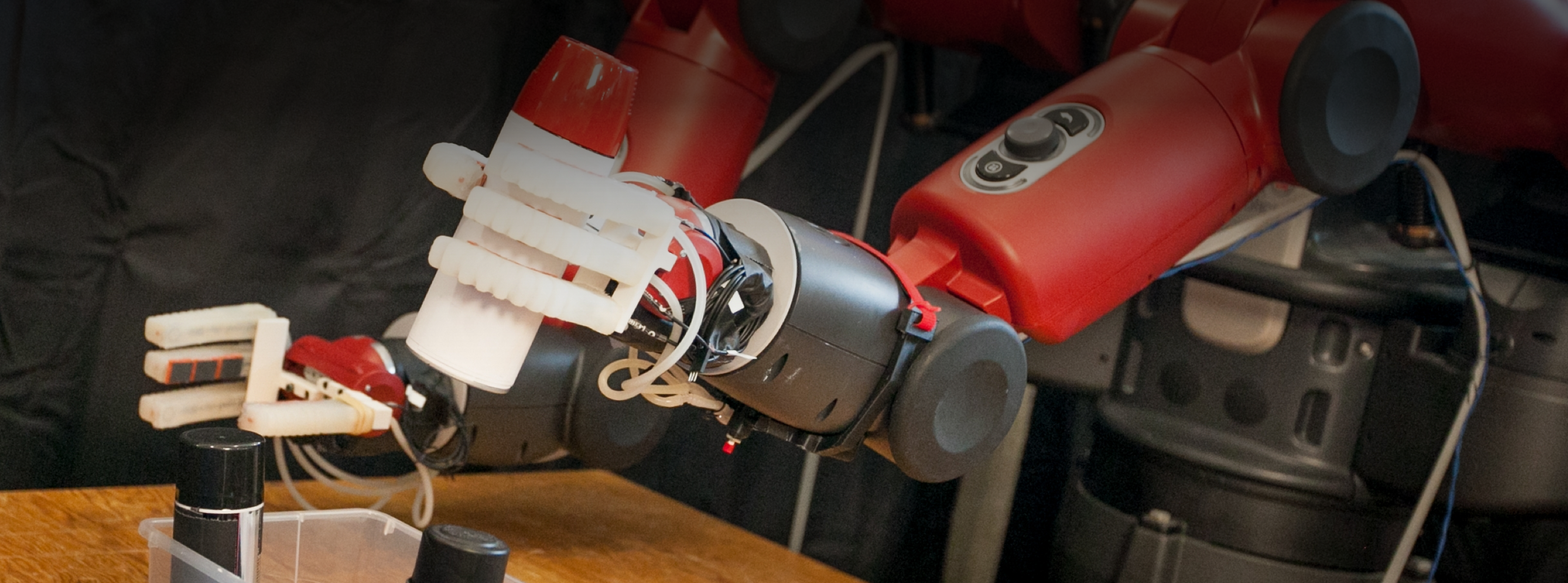PRODUCED BY: Nate Caldwell | WRITTEN BY: Audrey Woods
While Serena Booth is originally from Cambridge in England, she spent most of her childhood in Memphis. Booth eventually made her way from Tennessee to Cambridge, MA to attend Harvard University and receive an A.B. in computer science. Following her undergraduate studies at Harvard, Booth went to work for Google as an associate product manager on Augmented Reality and Search. While Booth enjoyed her time at Google, she said she wanted to attend graduate school to pursue new career opportunities.
Booth said she felt a connection to MIT due in part to the university’s commitment to equity and inclusion. Today, Booth is a PhD candidate working with the Interactive Robotics Group under the advisement of Professor Julie Shah.
“Professor Julie Shah strongly supports her people, and I feel very lucky to have had such an easy advising experience in the Interactive Robotics Group,” Booth said. “Julie offers intellectual freedom and a half-glass-full attitude.”
Booth also credits her lab mates, specifically Yilun Zhou.
“Our working relationship really began when I was working on a class project in probabilistic programming and was excited about some preliminary results, but I wanted to drive the research further and assess its technical correctness,” Booth said. “Yilun got involved, and rapidly became an equal contributor in the work.”
Booth’s current research is an investigation into how we can build and manage people’s conceptual models over time. She is currently thinking about the question of how people build conceptual models when they interact with robotic or AI systems. She provided the example of an autonomous vehicle. The autonomous vehicle can handle most driving but occasionally needs help or corrections from the person.
“In such a team, the person develops a conceptual model of the car's behaviors - perhaps the car performs well in well-lit urban settings, but performs worse on highways at night,” Booth said. “The person learns to trust their car in urban settings; they take their hands off the wheel, perhaps they start texting or reading a book behind the wheel. But they know they should take control of the car on those highways. Now, imagine the engineers making this car figure out a way to improve the system overall.”
Booth said instead of a 99% driving success rate, they can increase that to a 99.2% success rate.
“But perhaps the failure cases differ between the two models, and the car is now much better at highway driving but slightly worse at urban driving,” she said. “This would break the person's conceptual model of the car's behaviors.”
Booth said her research treats human and machine as a system, and tries to improve the outcomes for this system. She added that in computer science research they often think about how to improve and how to optimize the machine.
“I've been curious about human behavior and how it interfaces with machines since I first took a class on privacy and security in my undergrad,” Booth said. “We interact with computers constantly, and they shape so much of our understanding and interactions with the world around us these days. I think my research can help us parse through these questions of interaction.”
Following her time at MIT, Booth said she will likely stay in academia, but is also interested in working in government as a science advisor.
“I'd like to use my scientific training to assist in crafting better policy for the integration of automation into our work lives, for immigration (especially for scientists), for increasing the representation of women and minorities in science, and, relatedly, for ending harassment in the sciences,” Booth said.

